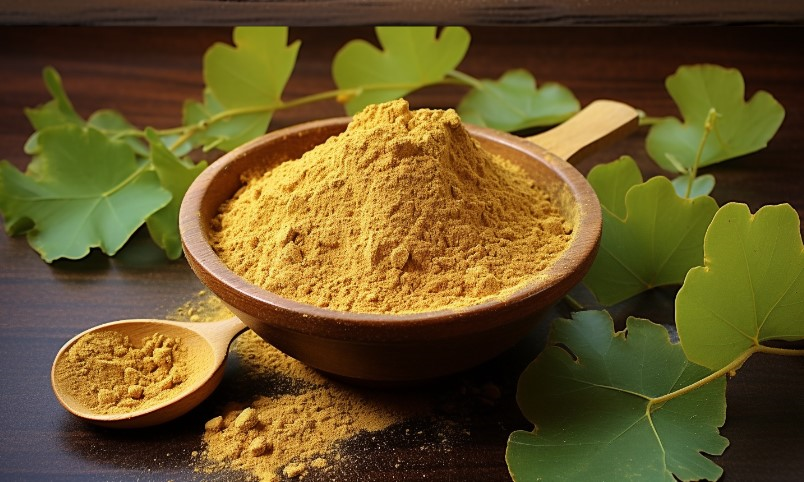Atención a las enfermedades cardiovasculares y cerebrovasculares en invierno

Winter is the high incidence season of cardiovascular and cerebrovascular diseases. When the weather is cold, it will lead to vasoconstriction, increased blood pressure, slow blood flow, and increased blood viscosity, and then the heart and brain load will be aggravated, atherosclerotic plaques are easy to rupture, and coronary arteries are easy to spasm, thus inducing cardiovascular and cerebrovascular diseases.
In particular, middle-aged and elderly people should do a good job of prevention of cardiovascular and cerebrovascular diseases in winter.
Winter heart and cerebrovascular protection
Against the cold snap
The most direct way is to do a good job of keeping warm. When going out, add clothes in time, and reduce the time of going out when necessary.
Especially when the temperature difference between indoor and outdoor is large, if you have to go out, you must wear warm clothes and shoes and socks, and it is particularly important to keep your feet warm, and the size of shoes and socks is appropriately loose, so as not to affect the blood circulation of your legs and feet.
No slacking off from healthy eating
Traditional food customs believe that winter is a good time for the body to “supplement”, but for patients with cardiovascular and cerebrovascular diseases, a healthy diet cannot be slack. The diet should be low in salt, fat and cholesterol in general, and eating fresh vegetables is also good for lowering and stabilizing blood pressure. Winter should still be in accordance with the principle of dietary nutrition balance to rationally arrange the diet, pay attention to the timely replenishment of water to the body.
Avoid emotional agitation
Sudden emotional agitation can also threaten cardiovascular health. Try to keep a calm mind, pay attention to rest, maintain regular habits, and ensure adequate sleep.
Pay attention to the maintenance of vascular health
When the blood vessels are old, the man is old. The human body is like a tree, blood vessels are like roots and veins, they keep young, people can always maintain vitality. Blockage of blood vessels in the human body does not happen overnight. With the growth of age, coupled with a variety of bad lifestyle “assists”, the blood vessel wall will gradually thicken and harden, and it is prone to a variety of vascular events.
Dyslipidemia, especially elevated levels of low-density lipoprotein cholesterol (LDL-C), is considered a pathogenic risk factor for atherosclerotic cardiovascular disease.
The harm of dyslipidemia is that it can cause the disorder of human lipid metabolism, and its direct damage is that it can cause or accelerate systemic atherosclerosis, thus secondary to a series of heart, brain and peripheral vascular diseases, such as hypertension, diabetes, stroke, coronary heart disease, etc. Therefore, dyslipidemia has been regarded as one of the most common important diseases endangering human health.
Some products that regulate blood lipids can also be considered, such as ginkgo biloba products, if you buy health food to pay attention to whether its product function claims to regulate blood lipids.
Data studies have shown that the clinical application of extracto de ginkgo biloba can significantly reduce the content of low density lipoprotein cholesterol and serum triglyceride (TG) in patients. The main active components of Ginkgo biloba leaf extract were ginkgo biloba flavonoids and ginkgo biloba terpene lactones.
Flavonoids are the main active components of Ginkgo biloba flavonoid, which mainly exist in ginkgo biloba leaves and seed kernel, especially in ginkgo biloba leaves, which mainly include single flavonoid, double flavonoid and catechin. Ginkgo flavones are good antioxidants and have positive effects on lipid regulation.
Winter should pay attention to health
For example, the normal operation of cardiomyocytes requires sufficient coenzima Q10, which is a key nutrient element in the energy metabolism of human cells. People with cardiovascular diseases are prone to lack of it. Reasonable supplementation is conducive to the health maintenance of cardiovascular disease.
Under normal circumstances, the human body can synthesize coQ10, but the synthesis process is complicated, because it is affected by factors such as genes, age, nutrition, underlying diseases and drugs.
Studies have shown that when people are born, the content of coenzyme Q10 in the body is relatively low, and the content reaches a peak when they are about 20 years old, but the synthetic ability gradually declines after the age of 25. Studies have shown that 77-year-old people have more than 50 percent less coenzyme Q10 in their heart muscle than 20-year-olds.
Coenzima Q10 is an essential ingredient in the human body, which is closely related to human health. If the body consumes coenzyme Q10 due to mental stress, environmental pollution, virus attack, aging and other reasons, it needs to be supplemented by food or coenzyme Q10 products.
Regular experience
Know your heart function, blood sugar, lipid levels and blood pressure. In particular, people with a history of hypertension should often measure their blood pressure and understand the situation.
Ginkgo biloba flavonoid Manufacturer /Ginkgo biloba flavonoid Manufacturers/ Ginkgo biloba flavonoid Supplier /Ginkgo biloba flavonoid Suppliers/Ginkgo biloba flavonoid Factory:
www.backvita.com
Correo electrónico: [email protected]
Teléfono: +86 (029) 8187 2325
Materiales de referencia:
[1] Huang Heping, Huang Peng et al. Ginkgo biloba: Cultivation, Pharmacodynamic research and application [M]. Beijing: Chemical Industry Press,2019.
[2] High incidence of cardiovascular and cerebrovascular diseases in winter [J]. 2021(12).
[3] Xue M Y. Nutritional effect and application of Coenzyme Q10 [J]. Nutrition and Detection.2010.01
[4] ZHAO J. What is the effect of Coenzyme Q10 [J]. Scientific Inquiry of Rural Adolescents,2022(Z2)
[5] Ma Ju, Shi Ning. Research progress of Coenzyme Q10 in food [J]. Food Science and Technology.2009.24(2)
